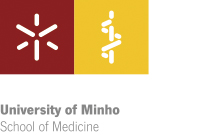- Identify the organization of the body’s defenses against pathogens: from innate to adaptive immunity.
- Describe the ontogeny of cells of the innate and acquired immune system, their relevance and how they interact during an immune response.
- Understand how the immune system senses danger and how that initiates an immune response.
- Recognize the immune system’s antimicrobial mechanisms: from toxic intermediate to cell death.
- Identify the major T cell phenotypes, the cytokines and transcription factors required for their differentiation and function.
- Recognize the importance of the metabolic choices of different immune cell subsets
- Recognize the impact of the microenvironment in T cell function.
- Identify Mendelian and complex susceptibility to infectious diseases.
- Define strategies for genome variation analyses.
|

